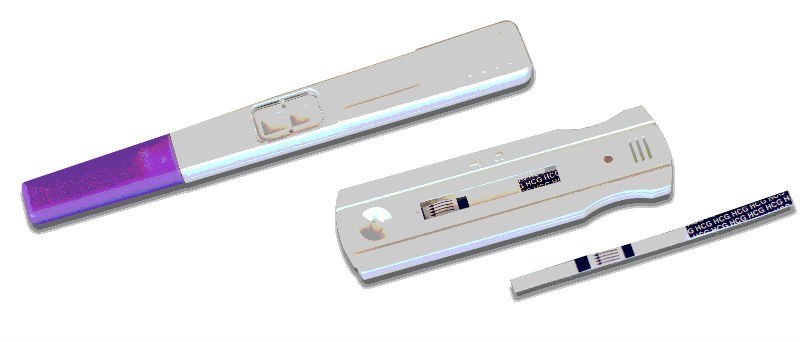
We have been incredibly
busy this year.
Starting today, I'm catching up to share what we've been up to. The blog has never really been about us and I kinda like that. Despite that, let me share...
Announcing D-Lab Health:
Medical Technology for the Developing World

I am teaching a new course we designed over the last few months called D-Lab Health. It's a new offering from the D-Lab family of classes. If you are not familiar with D-Lab then
go to their website and catch up on some articles here and here. It's a cluster of MIT's academic offerings for the developing world under the leadership of Amy Smith, Senior Lecturer at the MIT Department of Mechanical Engineering.
The idea is create the next crop of little devices that could so I can blog about them. Maybe I can give the students credit for blogging about them (noted).
All kidding aside, what are aiming to train students to design the next set of medical devices for the developing world. This is what I do for a living at MIT and we thought it would be fantastic to show students who are already interested in appropriate technology how to go through the process as well.
Being a D-Lab class, our aim is to get them to do hands-on work as soon as possible. So we devised a series of training kits that could cycle the students through a series of medical technologies in at pretty good clip. Shown below for instance is the Drug Delivery Kit. Students were able to get acquainted with drug delivery technologies and make complete some initial design excercises.

The complete list of kits includes: Mobile telephony, Surgical instrumentation, diagnostics, microfluidics, imaging, and vital signs. The microfluidics has been incredibly popular for the students. They technology is certainly buzzing around scientific circles and it gives them access to very early stage hardware in which they can contribute their own designs and hacks.

Finally, after 8 weeks of cycling through technology and teaching them our approach to global

health technology, we take them to Nicaragua for a week. In fact, they are down there right now and while we intended to have a
live-blog going on at
http://dlabhealth.blogspot.com/ , I think they have been too busy to be stuck in front of a computer (see Fig 1). The goal of the trip is to be able to spot local innovation, assess local challenge, and create a portfolio of problems by which they can design better device solutions.
More pictures to follow on the trip.
The D-Lab Health students travel back to MIT on Monday and we are very excited to begin Phase II of the class. This will involve applying the D-Lab design process to begin prototypes and understanding the nuances of medical device product development for these countries. We're excited!
For more information go to the
D-Lab site.
You can also access to course pages and the entire set of materials in our
Stellar page here. MIT is very open about and we are more than happy to contribute. If you have problems accessing anything, just leave a comment below.






















